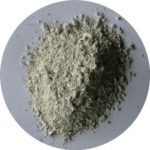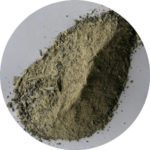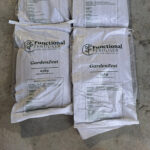Those waiting for a revolutionary breakthrough that will take farming from the emission belching monster the government seems hell bent on believing it is to a utopian activity free of mud and dead animals will be forever disappointed.
The future as always lies somewhere between those two worlds and changes to both the models used to calculate emissions and farming practises must be made for progress to take place.
The government’s models are essentially flawed by the assumption that pastoral farming results in a loss of soil carbon with resultant environmental degradation.
No matter how logical they may seem, following the models will lead to a scarcity of food and even greater environmental damage.
The quickest way to remove carbon dioxide from the atmosphere is under intensive pastoral farming where carbon dioxide, a plant food, is converted to usable energy via photosynthesis with most of the carbon fraction held in the soil as humus.
That’s not to say that all current farming practises are those best suited to the sustainable provision of food.
Currently in some regions there is a mismatch between the number of heavy animals and the land suitable for wintering them on.
Heavy soils prone to pugging are not suited to the wintering of large numbers of heavy cattle, whether dairy or beef. That land is primarily sheep country.
During winter there will always be some soil damage, more so in wet winters and is best confined to relatively small areas that can be recovered by cultivation and crop establishment.
The real issue with current practise as we see it is the reliance on synthetic nitrogen for annual pasture growth. Regular applications at any time are environmentally harmful, wasteful, and expensive.
Harmful because at best only 50% of applied nitrogen is taken up by plants with the remainder entering groundwater as nitrate nitrogen.
As it travels down through the soil profile it takes with it the most available cation, primarily calcium, which must be replenished with lime applications.
There’s no such problem with nitrogen fixed by clover. There’s a natural balance between supply and demand with excess held by the continuously sequestered carbon from dung, decaying root mater and litter form the soil surface.
Synthetic nitrogen can be beneficially used for crop establishment, and applied six weeks prior to a budgeted feed deficit. With the recent hike in urea prices there are now more financially viable ways of filling feed deficits.
Growing clover dense pasture from now until the end of April provides the nitrogen necessary for maximum pasture growth. Not only fixing nitrogen free of charge clover also provides the best possible tucker for milk production and rapid growth of animals.
The nutrient requirements for clover are different to those of grasses in that clover contains 3 to 4 times the calcium of grasses and extra rapidly cycling calcium is necessary for best results.
CalciZest, a lime based product made by Functional Fertiliser, has proven to be highly successful at stimulating vigorous strong-stemmed clover when applied in spring.
Containing soft carbon inoculated with a wide range of soil friendly fungi and bacteria recent work has shown that it is likely to provide a worthwhile reduction in grass grub and porina numbers.
Spread by conventional groundspread at 400kg/ha it is a cost-effective way of increasing total pasture production over summer and early autumn as well as increasing its digestibility.
Farmers applying for the first time often report improved pasture palatability, animals spending more time ruminating and less time grazing with a resultant increase in milk solid production and the growth of young animals.




